In iOS 8 and lower show a UIActionSheet when keyboard is presented will present the action sheet over the keyboard. With iOS 9 this is no longer the case.
In my app we have a chat functionality and want the show a action over the keyboard. We used to use UIActionSheet which worked fine until iOS 8. In iOS 9 the action sheet is present behind the keyboard. I've tried both UIActionSheet and UIAlertController.
What we want is a action sheet like in messages.app

I've tried placing the action sheet in it own window and overriding canBecomeFirstResponder which just made the keyboard disappear.
